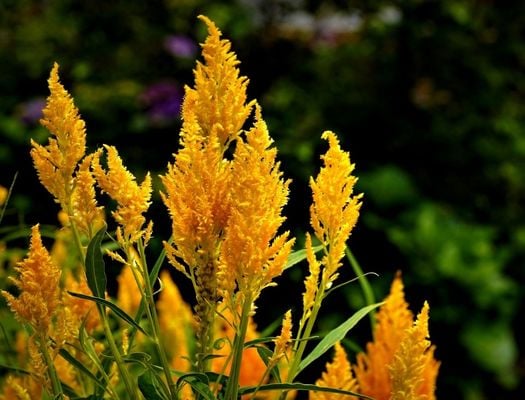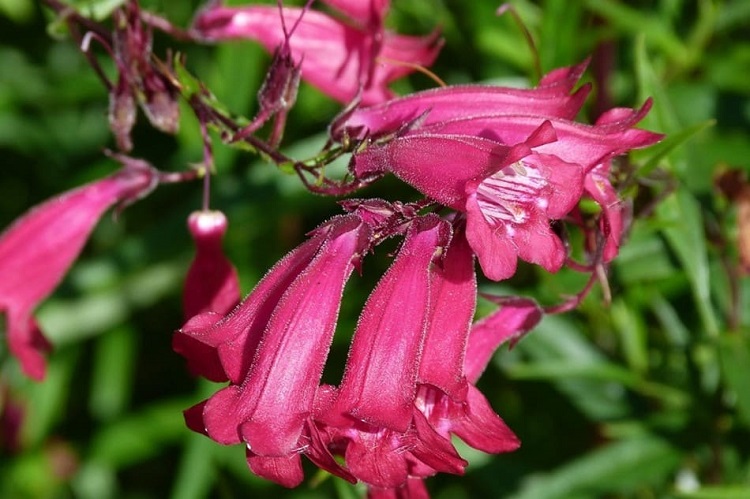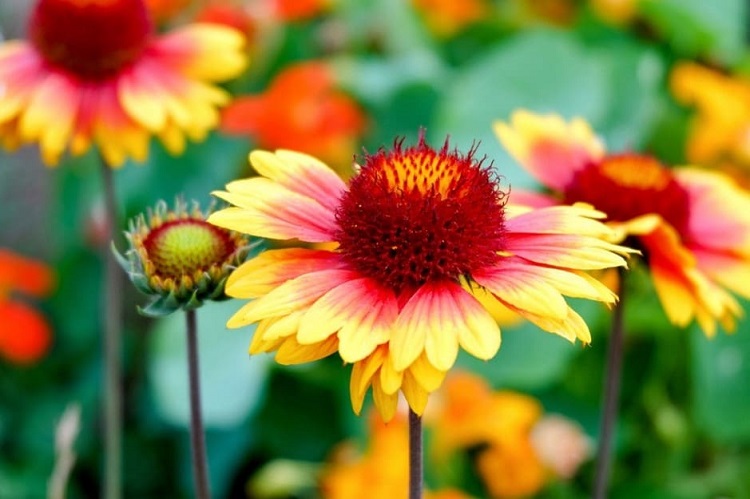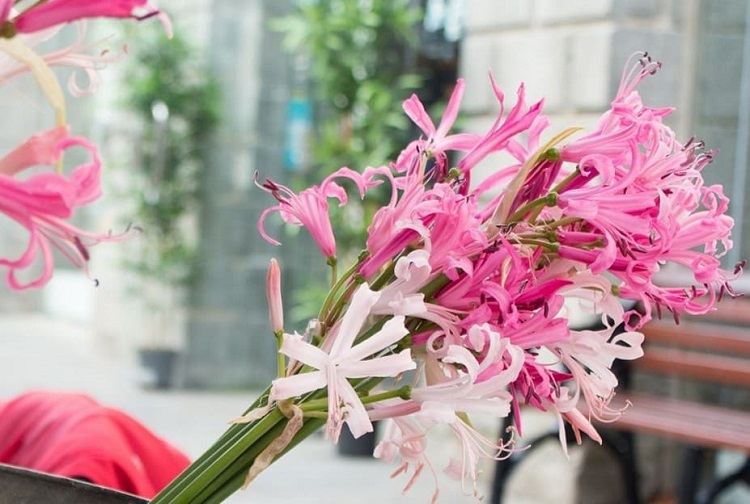4 Flowers You’ll Want to Grow in Your Small Garden

Don’t let a small plot of land hinder you from creating something big and spectacular in your yard. Plant these vividly colorful flowering plants and give your outdoors a majorly vibrant makeover.
CELOSIA

Also known as woolflowers, this flowering plant is a striking ornamental that can undoubtedly add some bold color to your garden. Celosia blooms come from the Amaranth family called Amaranthaceae. Celosias are edible plants that are easy to grow and can be annual or perennial, depending on the region. When planted in warmer regions, celosia can survive by turning dormant during winter and then bloom during spring. When planted in colder regions, some celosia species grow as hardy annual flowers.
This plant, in general, requires a very easy level of care. Celosia loves heat and sunlight so make sure you plant them in an area that gets 6-8 hours of full sun per day. Nutrient-rich, well-drained garden soil is what they like best. There are many celosia varieties, though, and they differ in care requirements. Just make sure you identify the specific species to know how to keep it healthy and happy.
The celosias that will provide your small garden with the brightest and most brilliant blooms are celosia argentea or plumed cockscomb and celosia plumosa which come in vivid pink, orange, red, and yellow.
The wonderfully unusual blooms of Celosia last for a long time – for about 8 to 10 weeks. This means you can enjoy its one-of-a-kind beauty for at least two months.
PENSTEMON

Also known as ‘beard tongue,’ this plant has eye-catching tubular flowers set on a tall and slim stalk. Each penstemon flower features five petals. The flowers attract birds, bees, and butterflies so it can provide your garden with more than just color and beauty.
There are about 250 species of penstemon and they come in a variety of hues including salmon, lavender, white, scarlet red, and shocking pink. The Penstemon palmeri is the scented variety and it flowers profusely with pink or lilac-tinged white blooms.
Plant penstemons in groups of three to five for better impact. Grow them at the center of a mixed border or in a rock garden. Once established, penstemon likes deep but infrequent watering. It’s best to plant penstemons in moist but well-drained soil in full sun. To keep them healthy and blooming vigorously, use natural/organic fertilizer just once a year.
BLANKET FLOWER
Another interesting and colorful addition to your garden is Gaillardia aristata or blanket flower. Part of the daisy family, this bloom is a resilient wildflower that promises you of continuous color. These bloom from early summer into fall and produce eye-catching flowers. The Goblin variety, in particular, will give you scarlet red petals with vibrant yellow tips and reddish brown cone centers. The daisy-like blooms attract butterflies.

Once established, these beautiful blooms require little care. They can thrive in poor soils and are heat tolerant. Plant them in beds or borders or in containers. To encourage further blooms, make sure you remove faded flowers.
NERINE BOWDENII
A member of the amaryllis family, nerines display their beauty in late autumn. This plant grows from bulbs and can be grown in containers. You can plant Nerine bowdenii in almost any soil but make sure you give it a good sun exposure. Nerines won’t flower in shaded areas and richer soils will encourage leaves instead of flowers.

Nerine’s distinct curly petals is enough to add interest and character to a small garden but there are specific cultivars that can bring much life and color to your yard. The Isabel cultivar, in particular, has a saturated deep pink shade while the Nerine bowdenii ‘Stefanie’ has a delicate and dainty pale pink blossom with curled petal edges.
The radiant blooms of Nerines stand on tall, straight stems making them good cut flowers. Sure to be a welcome sight, the imposing spider-like flowers of Nerine can provide your garden with that extra oomph.
What Our Experts Think
From Lily's Florists' perspective, these vividly colorful flowering plants prove you don’t need acres of space to achieve a show-stopping outdoor display. Celosia, with its bold plumes and long-lasting blooms, adds a truly unique, almost sculptural flair—perfect if you want that dramatic “wow” factor without a ton of fuss. Penstemon, meanwhile, offers the bonus of hummingbirds, butterflies, and bees flocking to its trumpet-shaped blossoms. We think that’s a win-win: you get an eye-catching garden and support local pollinators at the same time.
Blanket flowers, another favorite of ours, deliver continuous color from early summer well into autumn. Their carefree nature (thriving even in poorer soils) means you can enjoy bright, daisy-like blooms without being chained to a rigid care routine. Finally, Nerine Bowdenii’s tall, curly petals stand out late in the season—just when most gardens are winding down. Placing a few bulbs in sunnier spots ensures that your small garden still boasts bursts of vibrant pink, lifting the whole look even in cooler months.
All told, these plants each bring something special: Celosia’s bold form, Penstemon’s pollinator-friendly blooms, Blanket Flower’s resilient brightness, and Nerine’s distinctive elegance. By combining them, you can weave layers of color and personality into limited space. Even the tiniest garden can feel big on impact—proving that thoughtful plant choices and a bit of careful placement are all you need to turn a small yard into a visual delight.
Originally this article was posted on 51.11.2021. We added a few new images, made the headings clearer and gave our expert perspective on these flowers from our opinion.
Blog Categories
Recent posts
- When You’re in Charlotte and They’re in Boone: An Honest Guide to Watauga Medical Center Flower Delivery
- The Alvin TX Bouquet: Why Lilac Surprise Dominates 1 in 3 Orders
- 3 Must Have Plants For Loved Ones In Danville
- What Are Our Most Searched Flowers State by State
- What Is It About New Yorkers Love Of Flowers?
- 4 Flowers You’ll Want to Grow in Your Small Garden
